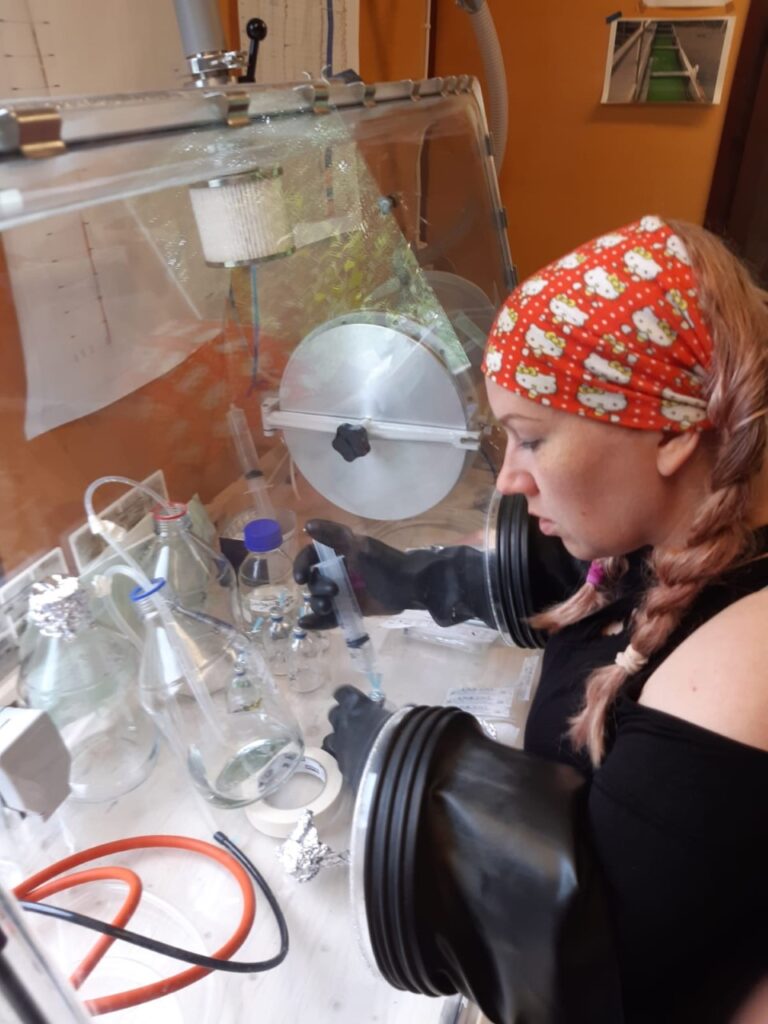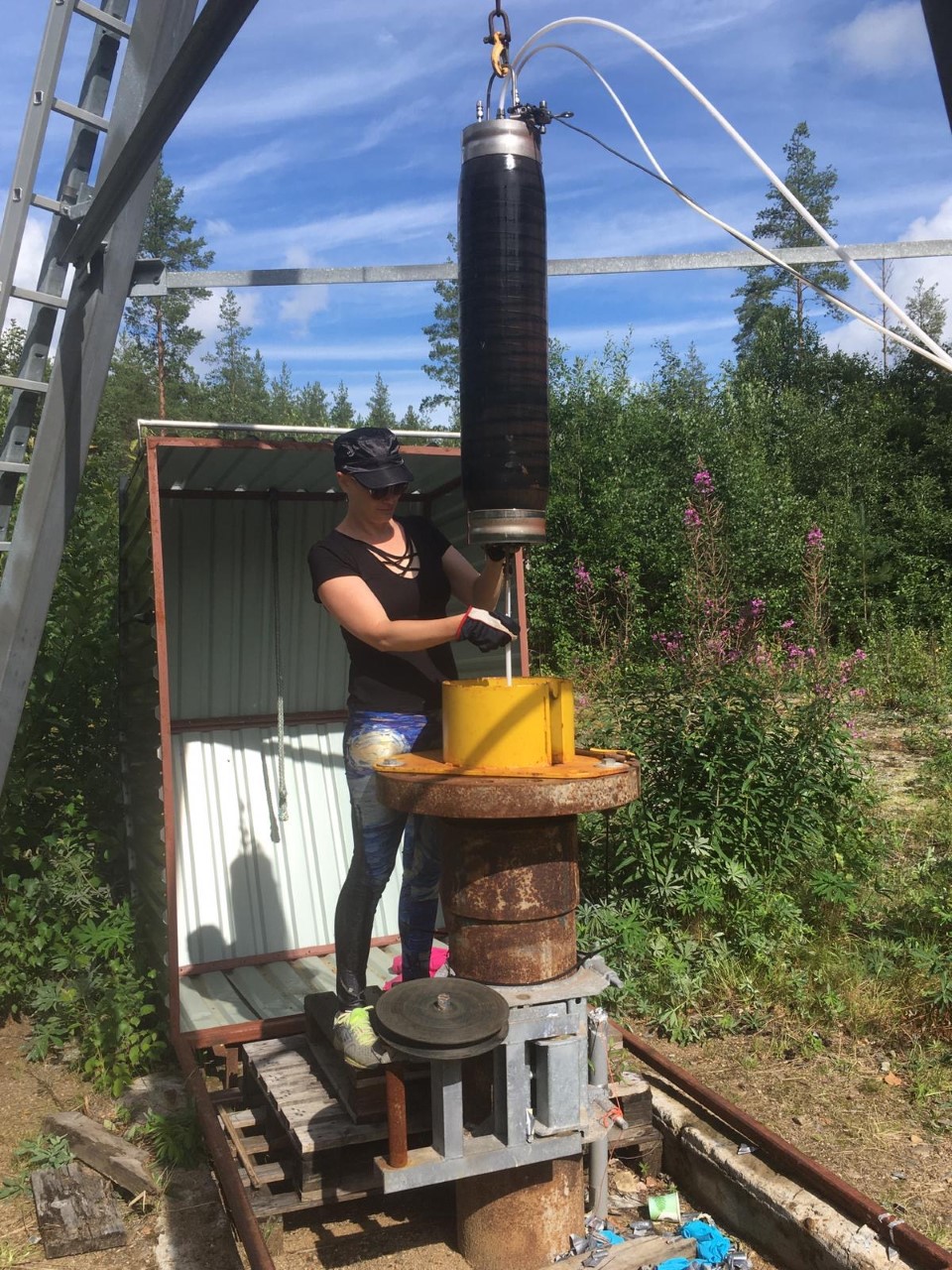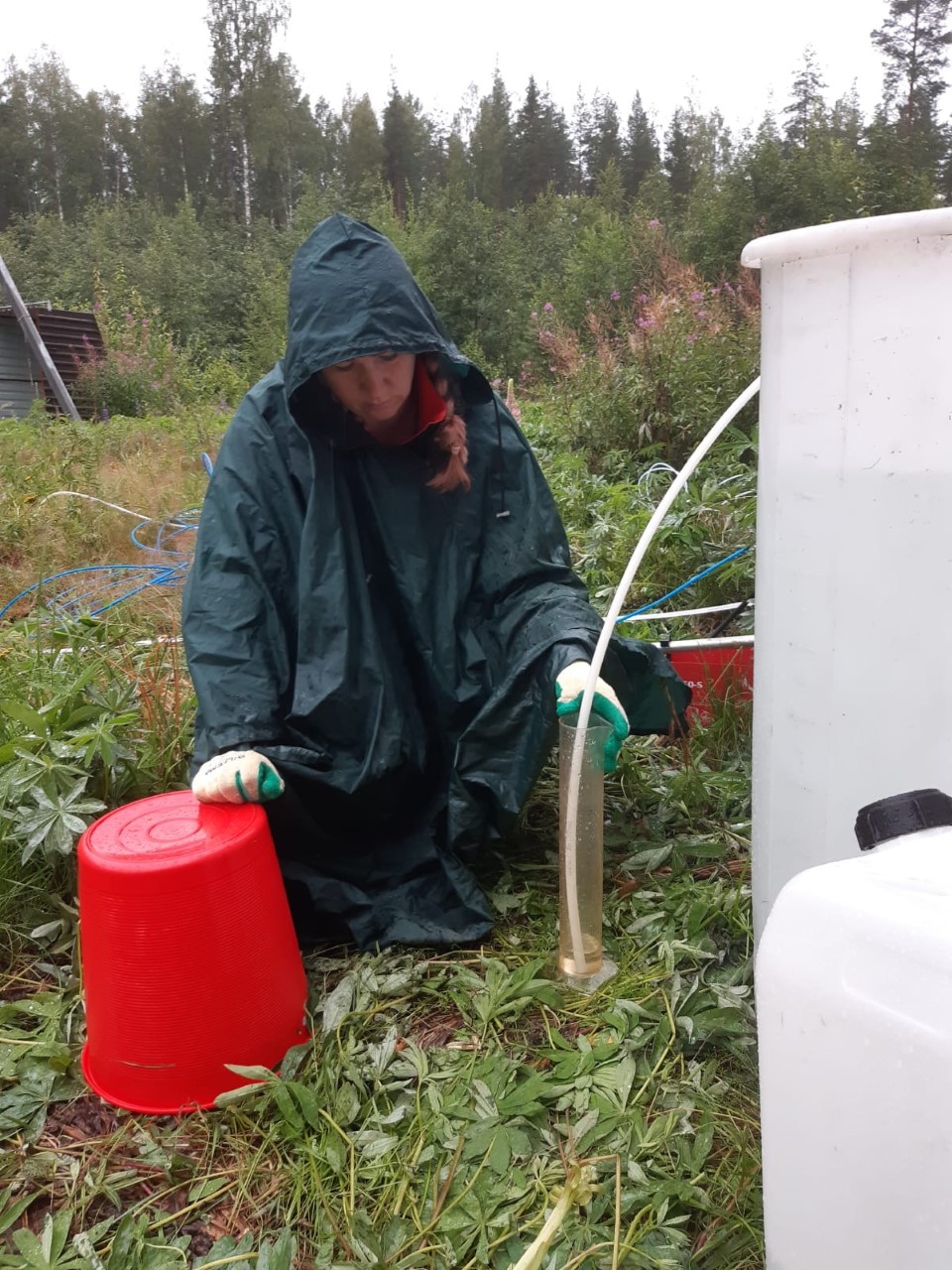It has been said that “the future is fungi”, but the use of fungi has already long traditions. Our grantee Maija Nuppunen-Puputti tells us why we should hunt for underground fungi.
When we talk about fungi, the first thought is lovely forest walks in autumn to search edible mushrooms and use them as delicious culinary treats. Many of us can also name various ways human society benefits from fungi, such as the production of the antibiotics, brewing beer and baking bread.
However, there is much more to fungi than meets the eye. Fungi are beneficial also for bioremediation, or in this case mycoremediation, aiming to improve for example the state of different contaminated soil sites. Fungi are also applicable for accumulating heavy metals from the environment and wastewaters. These natural decomposers have the ability to produce extracellular enzymes for many purposes, such as degradation of complex biopolymers like lignin. Industrial and biotechnological applications for fungal enzymes are numerous, ranging from food manufacturing processes to paper production.



1. Maija taking samples in field anaerobic glove box 2. Lotta Purkamo with packer and tubing above drill hole 3. Maija estimating pump cycles in heavy rain. Photos by Lotta Purkamo and Maija Nuppunen-Puputti
Extreme environment, enormous potential
My own project begins with the hypothesis that the fungi within our deep bedrock are an unknown and unexplored natural resource that has enormous potential for developing e.g. solutions for improving the state of the environment. These fungi that survive without oxygen in very salty waters in the pressure of the deep bedrock are still a mystery. It is unclear how fungi act and live in these conditions. Most of the fungal communities that have been analysed from deep biosphere represent previously unknown fungal species, and we know absolutely nothing about these fungi.
In Sweden, researchers described partly fossilized fungal mycelium structures from within deep subsurface drill cores. It has been observed that in our Finnish deep bedrock, fungi are actually alive and active. Molecular biological approaches have shown us that deep subsurface hosts microfungi, such as small-sized yeasts, but also filamentous fungi.
I study fungi that are able to attach to rock surfaces in the deep subsurface. The attachment allows more efficient microbial interaction to develop and biofilm lifestyle also increases resistance against environmental stress factors. I aim to scan various methods for cultivating deep fungi in order to have isolates. This would allow us to study the fungal metabolites and develop a base concept for fungal future solutions for environmental challenges.
But before that, this geomicrobiologist needs to step in fieldwork action. Easier said than done when you need samples from the depth of 1.5 km.
Ups and downs – fieldwork during COVID-19
At first, COVID-19 cast a shadow over our sampling plans as our field site is located in the North Karelia, in Outokumpu. Finally, work-related travel was allowed and we proceeded as scheduled. Deep subsurface sampling requires tons of planning, travelling and a full team to install equipment for pumping. This means serious teamwork with a good attitude since fieldwork moves on even in the pouring rain.
Installing equipment underground requires careful calculations, discussions and walk-throughs as we are dealing with moving cables, moving tubes and attachment of packers and pumps on-site as the installation operation proceeds. At times the atmosphere feels like a surgical operating room as team members operate over the drill hole and calmly and collectively attach equipment to cables.
This time we faced many new challenges regarding remote access to in situ measurements: broken compressor during pumping followed by enormous gas pocket preventing saline water from rising above the ground, over three series of lifting and lowering the tubes, pump and water chamber, and testing different pumping conditions before we actually had our sample water.
Rain or shine or COVID-19, both senior researcher Lotta Purkamo from GTK and I have our samples as do our collaborative VTT research projects KYT-MIMOSA and SA-EXTREMOFORM. The effort to cultivate deep fungi has begun and time will show how our first attempt on this goes.

Maija Nuppunen-Puputti is working as an external Research Scientist in VTT’s team for Metals and Materials Recovery. Her thesis work on the deep subsurface fungi is funded by Maj and Tor Nessling Foundation.


